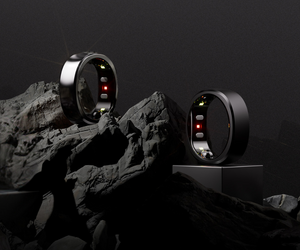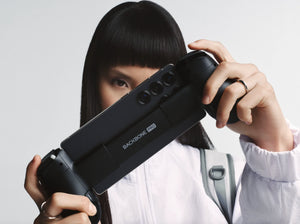
What are massage guns? Do they really work?
Originally written by Khoo Bee Khim for cnalifestyle.channelnewsasia.com on 02 Aug 2020.
Automated massagers for muscle soreness are popular these days – even Adam Levine uses one. But are they really effective? What’s the difference between a S$900 model and a S$20 one?
Other than foam rollers and trigger balls, massage guns are appearing in gyms. Your personal trainer might even use one on you to supposedly minimise post-exercise muscle soreness. On social media, you might have seen posts of these gadgets being used to alleviate daily muscle aches such as a sore neck from a poor night's sleep.
HOW DOES IT COMPARE TO FOAM ROLLERS?
Nevertheless, there are proponents of these automated gizmos, who like that they can access areas that are hard to reach.

But if you’re massaging a large area such as your buttocks, thigh or back, a foam roller can cover it better than a massage gun. The rolling effect is also gentler than a massage gun, which tends to veer towards a focused, deep massage. And, of course, a roller is a lot cheaper (more on that in a while). Some individuals have even incorporated these tubes into their workouts
HOW IS A HIGH-END MODEL DIFFERENT FROM A CHEAPER ONE?
You’ve got to admit, these gizmos cost a pretty penny. The latest models from popular brands such as Theragun can cost almost S$900, with attachments going for more than S$34 each. Even the more affordable brands sell theirs for a few hundred dollars per device. There are also the online knock-offs that go for lower than S$20.
Pricier ones typically generate pulses that are more focused and go deeper into the tissue, which is better for massages. They also come with more attachments and a wider range of speed to vary the pulse consistency.
The more expensive models may also be lighter, quieter and more ergonomic to hold – all good to have when you’re already sore to begin with.
Read original article here :



Leave a comment